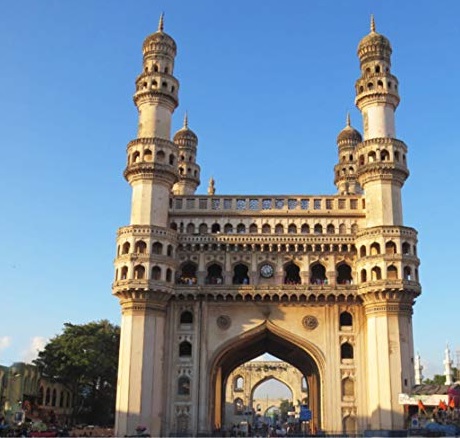7667766266
enquiry@shankarias.in
Double Asteroid Redirection Test
Hubble Space Telescope
Basel Convention
Grizzled Giant Squirrel
Charminar

Source: The Hindu, The Indian Express